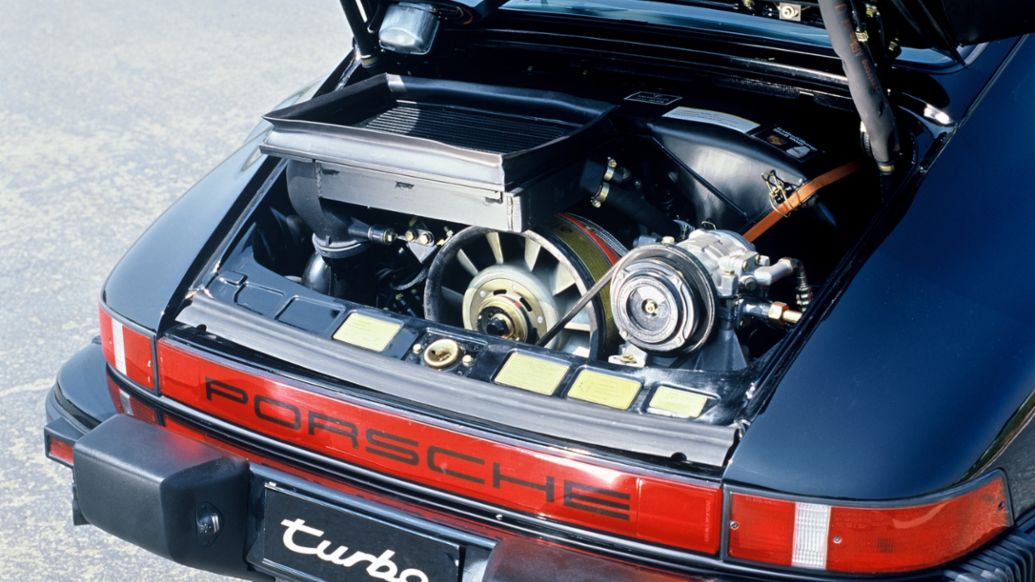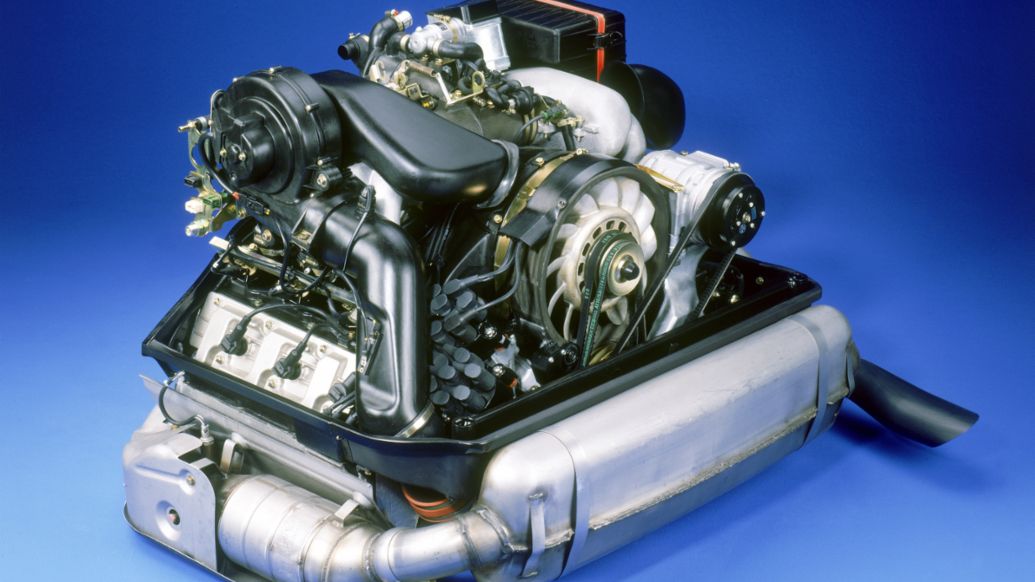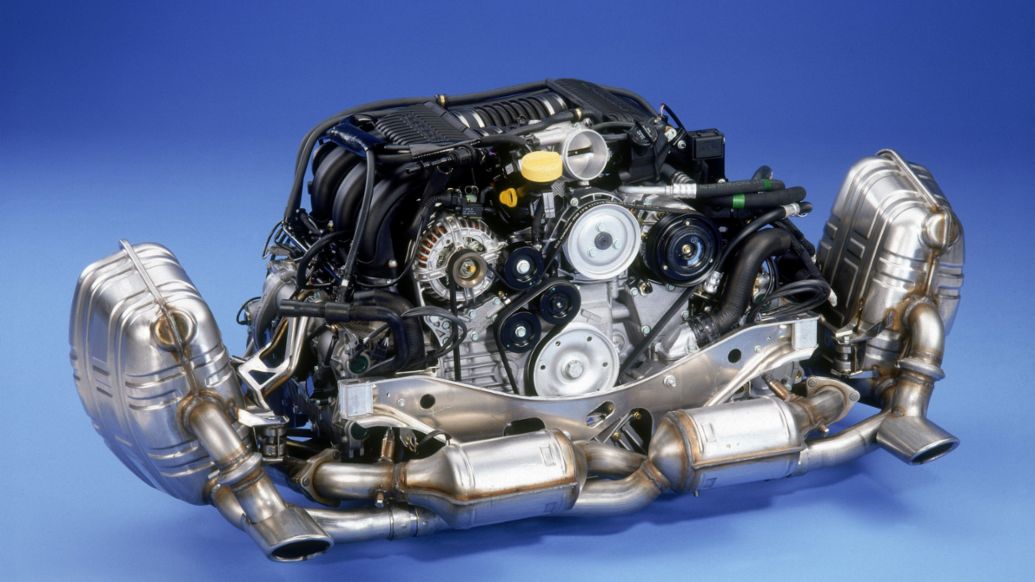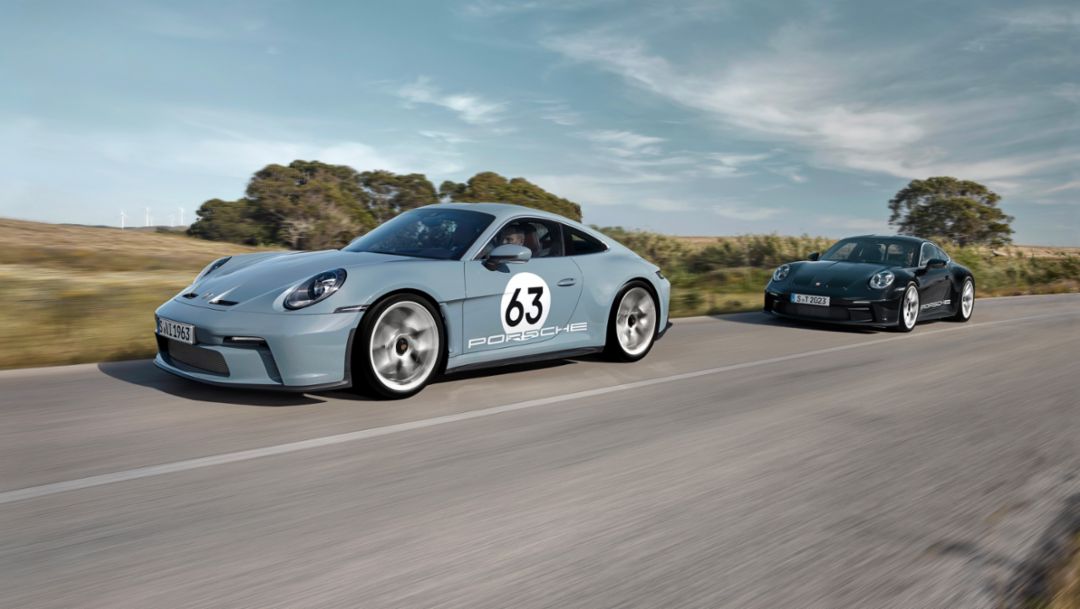First generation Porsche 911 (original 911), 1963-1973
Second generation 911 (G-Series), 1973-1989
Third generation Porsche 911 (964), 1988-1994
Fourth generation Porsche 911 (993), 1993-1998
Fifth generation Porsche 911 (996), 1997-2005
Sixth generation Porsche 911 (997), 2004-2012
Seventh generation Porsche 911 (991), 2011-2019
Eighth generation Porsche 911 (992), 2018 - present
Porsche 911 S/T
Photos
Videos




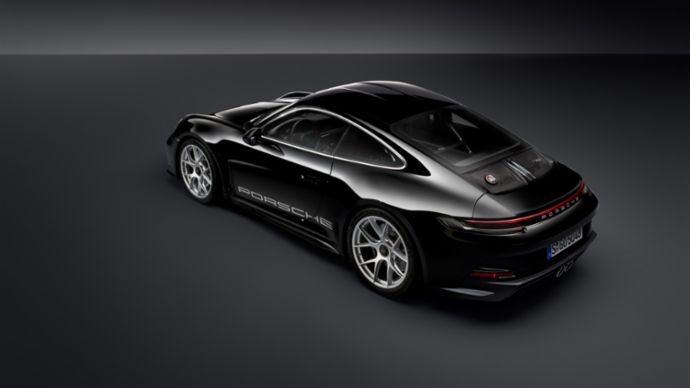
Contact

Consumption data
911 GT3 (2023)
911 GT3 RS
WLTP*
-
13.2 l/100 km
-
299 g/km
-
G Class
911 GT3 RS
Fuel consumption* / Emissions*
Fuel consumption* combined (WLTP) 13.2 l/100 km
CO₂ emissions* combined (WLTP) 299 g/km
CO₂ class G
911 GT3 with Touring Package (2023)
WLTP*
-
12.9 l/100 km
-
293 – 292 g/km
-
G Class
-
G Class
911 GT3 with Touring Package (2023)
Fuel consumption* / Emissions*
Fuel consumption* combined (WLTP) 12.9 l/100 km
CO₂ emissions* combined (WLTP) 293 – 292 g/km
CO₂ class G
CO₂ class weighted combined G
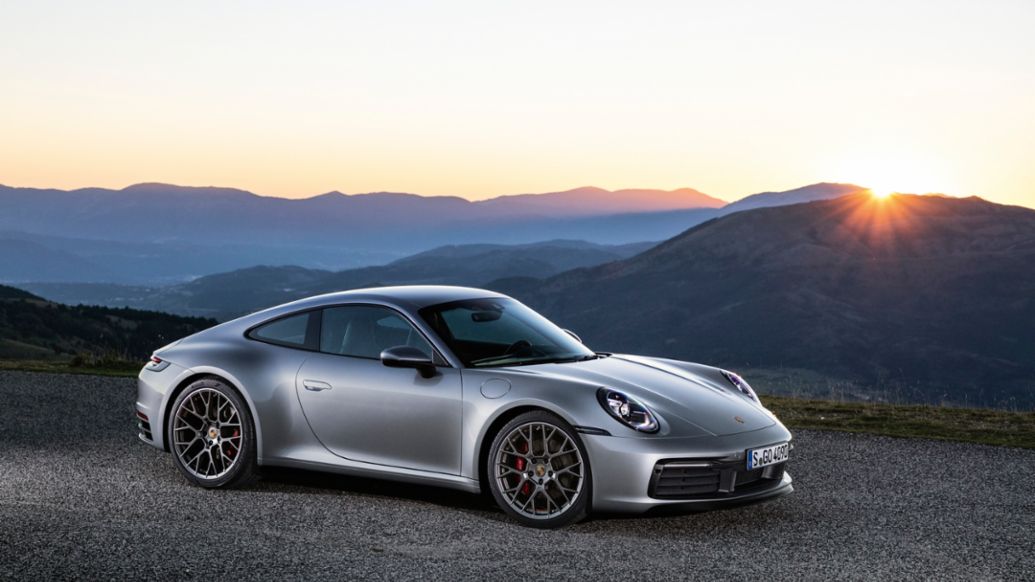
.jpg/jcr:content/Generation2_Motor(Turbo_NA_Vergleich).jpg)
